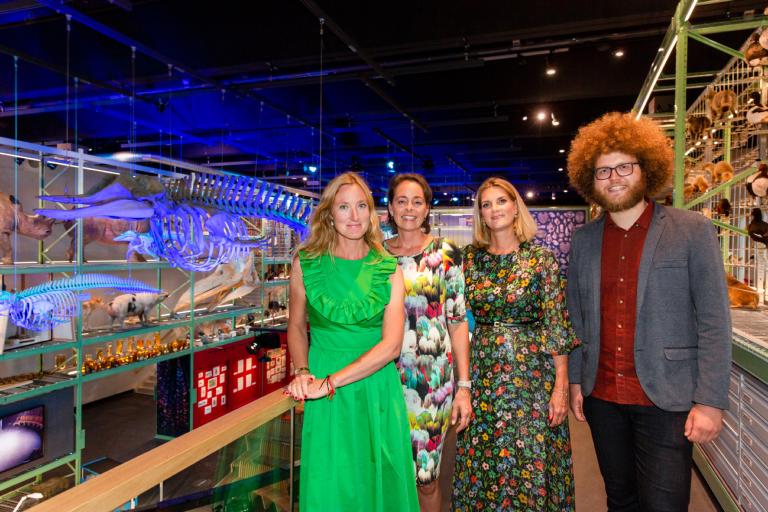
Many plants on the island of New Guinea are being threatened with extinction. The indigenous languages and customs associated with the plants run the same risk of disappearing. An international team of biologists, including from Naturalis Biodiversity Center, have done research into the biocultural links between indigenous peoples and nature. In their paper in Science Advances they highlight the influence climate change has on the unique cultures of New Guinea.
DiverseIsland
New Guinea is one of the most diverse islands in the world, both culturally as well as biologically. 15 percent of all living languages are spoken on the island, which also harbors 14,000 plant species, of which 9000 endemic species are only known to exist on New Guinea. Due to climate change many of these plant species and their associated customs run the risk of disappearing.
Because a fair number of the cultures on New Guinea is dependent on natural resources for their survival, a change in the range where plans live or their extinction also threatens the unique words New Guinean cultures have for these plants. A large number of the endangered species of plant are used as medicine, food, building materials, or play a part in rituals. If these plants were to go extinct, these uses and the languages associated with them would vanish too.
Smaller ranges
To assess the risks climate changes poses, the researchers modelled changes using information from databases such as the Global Biodiversity Information Facility. This database contains information of the ranges of a large number of indigenous plants. This data, combined with current and future climate data, allowed the researchers to predict the changes 720 plant species will undergo in the coming years in 1030 languages areas .
The research shows that 63% of the indigenous plant species will have a smaller range by 2070. On avarage, language areas will have 16 to 25 less plant species than they do now, with some areas losing as many as 94 species. According to the scientists, these numbers show that the indigenous cultures of New Guinea that are dependent on these plants are likely to disappear .
The central highlands of New Guinea are especially at risk. The ranges in this area are already smaller than elsewhere, due to the terrain. On top of that climate change is making plants from lower lying area move upwards, displacing the plants in higher areas who can’t move any higher.
Inexorably linked
Niels Raes, who was one of the Naturalis scientists who took part in the research, takes the threat climate change poses very seriously. Raes: “Climate change results in the moving or disappearing ranges of plant species. Biodiversity loss and climate changes are inexorably linked. This loss of biodiversity is felt by the Papua communities of New Guinea, who use these plants for food and medicine. Not only are the plants at risk, but so are the names used in more than 1030 local languages.”
The Indonesian and Papua New Guinean governments have both pledged to support biodiversity, but the researchers emphasize the need to protect plants with local biocultural links. Protecting these plants not only helps protect unique cultures, but strong local communities also prevent large scale logging in the jungle. The scientists stress that conservationists have to work together with local populations to get the best results and strengthen the position of indigenous cultures.